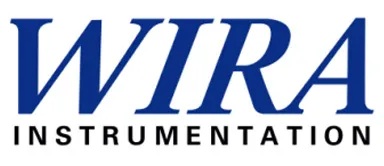Ultimate Guide to Understanding Thermal Chambers: Selection, Usage, and Best Practices
In the world of scientific research and product testing, thermal chambers play a crucial role in creating controlled environments that simulate various temperature and humidity conditions. Whether you're conducting experiments in materials science, ensuring the reliability of electronics, or testing the performance of consumer products, understanding thermal chambers is essential. This ultimate guide delves into the intricacies of thermal chambers, providing insights into their selection, usage, and best practices. We'll explore the different types of thermal chambers available, including their specific applications and features, allowing you to make informed decisions for your testing and research needs. Join us as we unpack the importance of these sophisticated tools and help you navigate the complexities of creating optimal thermal conditions for your projects.
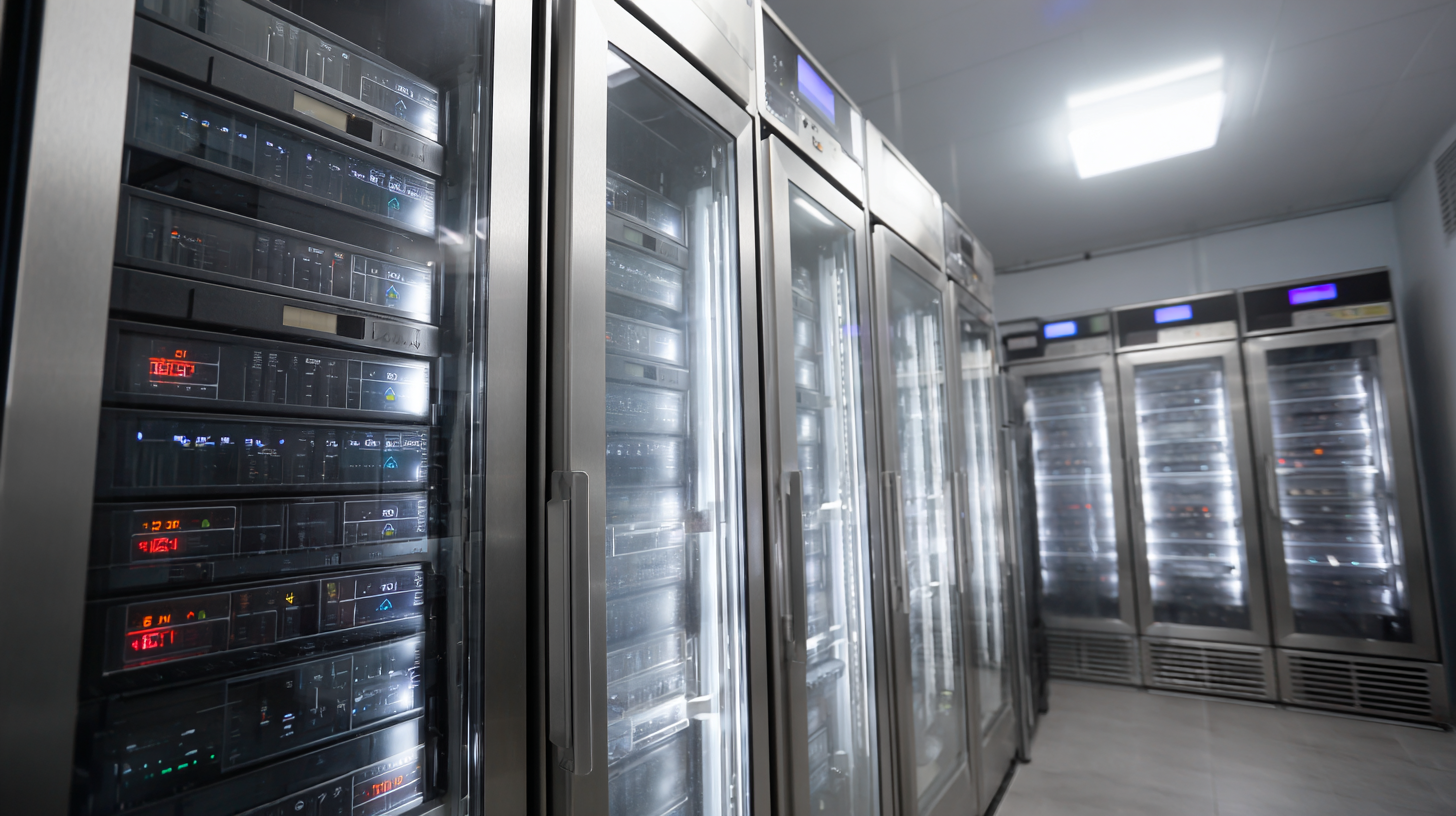
Choosing the Right Thermal Chamber for Your Laboratory Needs
When choosing the right thermal chamber for your laboratory needs, it is essential to consider several factors that can impact both the operational efficiency and accuracy of your experiments. According to the industry report by Research and Markets, the global thermal chamber market is projected to grow at a CAGR of 4.7% from 2021 to 2026, underscoring the increasing reliance on reliable HVAC technologies for temperature control in research settings. Selecting a thermal chamber that fits your specific applications, whether for testing electronic components or biological samples, can drastically enhance your workflow and results.
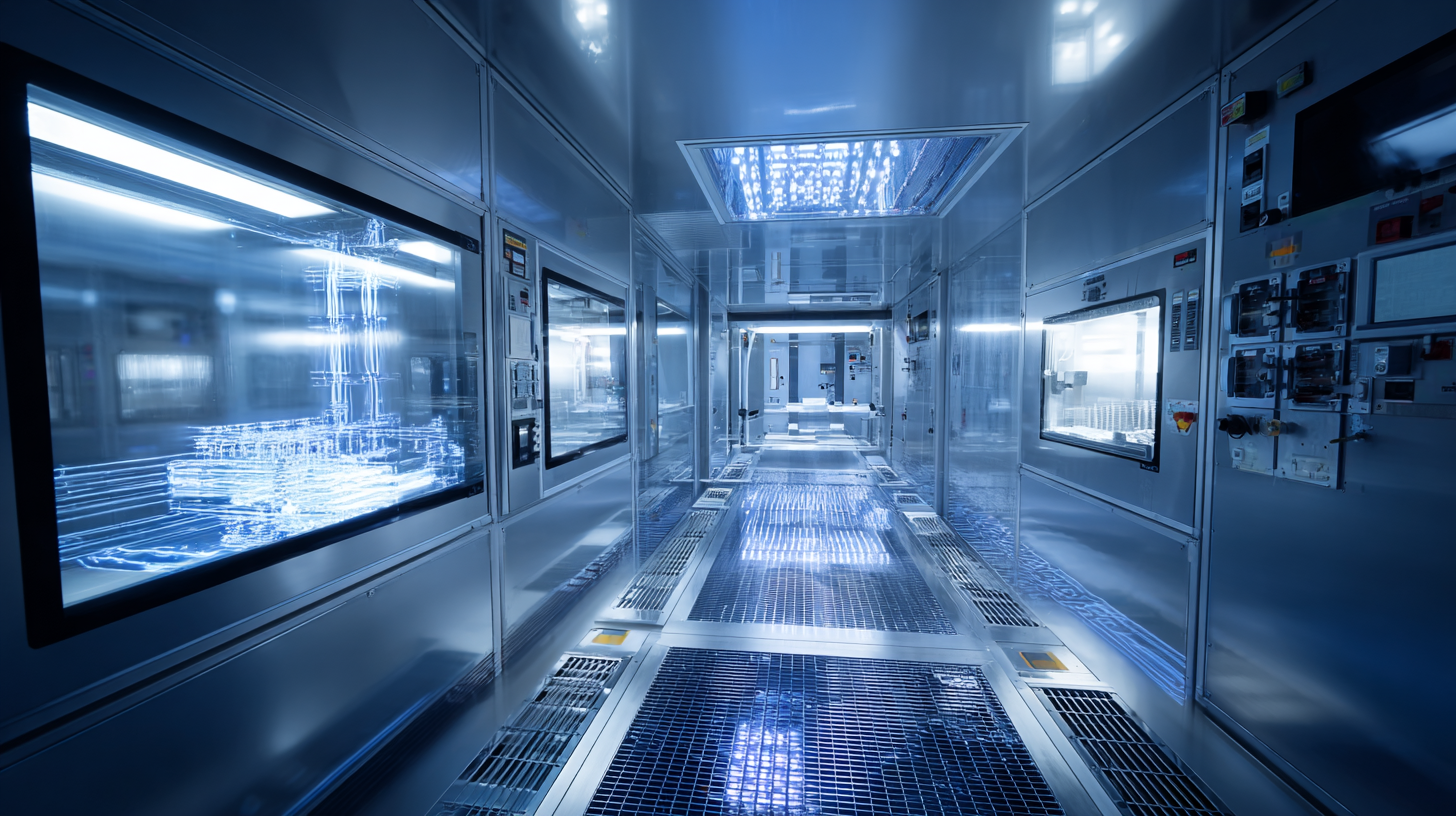
Different types of thermal chambers are available, each designed for unique functions. For instance, environmental chambers typically simulate various conditions such as humidity, while temperature chambers focus on steady-state heating and cooling. A study by Grand View Research highlighted that nearly 30% of laboratories prioritize versatility when selecting thermal chambers, indicating the importance of adaptability for diverse research requirements. Consideration of chamber size, temperature range, and precision control features will ensure that the chamber can meet your lab's rigorous testing protocols and compliance standards effectively.
Essential Features to Look for in Thermal Chambers
When selecting a thermal chamber, it's crucial to understand the essential features that can significantly impact performance and reliability. According to a report by Research and Markets, the thermal chamber market is projected to grow by 5.4% annually through 2025, indicating an increasing demand for precise environmental testing solutions. Key features to consider include temperature range, stability, and uniformity. A thermal chamber should offer a wide temperature range, typically from -70°C to +180°C, to accommodate various testing requirements. Stability is also critical, with fluctuations of less than ±0.5°C being ideal for most applications, ensuring that test results are consistent and reliable.
Another vital feature is uniformity within the chamber. Uneven temperature distribution can lead to inaccurate results, making it essential to select a chamber that guarantees excellent uniformity, often within ±2°C over a specified volume. Moreover, advanced control systems with digital displays and programmable profiles enhance usability, providing the ability to simulate specific environmental conditions effectively. A well-equipped thermal chamber not only streamlines testing processes but also contributes to better product development and quality assurance in industries such as electronics, pharmaceuticals, and materials science, where precision is paramount.
Best Practices for Operating Thermal Chambers Effectively
Operating thermal chambers effectively requires a comprehensive understanding of their design, functionality, and best practices. According to a report published by the Environmental Protection Agency, improperly managed thermal chambers can lead to energy inefficiencies, costing organizations upwards of $2,000 annually per chamber in excess energy bills. One of the best practices to optimize performance is to regularly monitor temperature calibration with high-precision thermocouples and ensure that the chamber's airflow is unobstructed. Consistent maintenance checks can reduce these costs significantly and improve the lifespan of the equipment.
Additionally, loading techniques play a critical role in thermal chamber operations. It is essential to avoid overcrowding, as it can lead to uneven temperature distribution and extend the time it takes for the chamber to reach the desired conditions. According to a study published by the International Journal of Thermal Analysis, optimizing load placement can improve thermal uniformity by up to 20%. Implementing a systematic approach to information management, such as utilizing a digital data logger to track temperature and humidity levels, can also enhance the effectiveness of thermal chamber operations, ensuring compliance with industry standards and improving overall reliability.
Common Mistakes to Avoid When Using Thermal Chambers
When using thermal chambers, many users inadvertently make critical mistakes that can compromise their experimentation and product integrity. A common error is neglecting the calibration of temperature and humidity controls, which can lead to significant discrepancies in the results. According to a study by the National Institute of Standards and Technology, precision in these parameters is crucial, as even a slight deviation can affect material properties and lead to unreliable data. Users must ensure regular calibration and adhere to prescribed operating conditions to maintain accuracy.
Another frequent mistake is improper loading of samples within the thermal chamber. Overloading can restrict airflow and cause uneven temperature distribution, potentially skewing test outcomes. Industry guidelines recommend maintaining a minimum clearance between samples and chamber walls, generally around 2 inches, to ensure an ideal environment for testing. Ignoring these best practices not only increases risk but can also invalidate experimental results, which could have costly implications for research and product development. By being aware of these pitfalls, users can enhance the effectiveness of thermal chambers and ensure their operations yield reliable and valid results.
Ultimate Guide to Understanding Thermal Chambers: Selection, Usage, and Best Practices
| Parameter | Description | Common Mistakes |
|---|---|---|
| Temperature Range | The range of temperatures the chamber can achieve, typically from -70°C to +180°C. | Neglecting to confirm the range fits the specific testing requirements. |
| Humidity Control | Ability to maintain specific humidity levels, often from 10% to 95% RH. | Ignoring humidity calibration before starting tests. |
| Sample Size Compatibility | Size specifications that dictate the maximum sample dimensions for testing. | Forgetting to check sample size limits, leading to improper fitting. |
| Airflow Design | The configuration of airflow within the chamber to ensure uniform temperature and humidity. | Placing samples in a way that obstructs airflow, causing uneven conditions. |
| Operating Procedure | The standard procedures for setting up and running tests in the chamber. | Not following the outlined procedures, leading to erroneous results. |
Maintaining Your Thermal Chamber for Longevity and Reliability
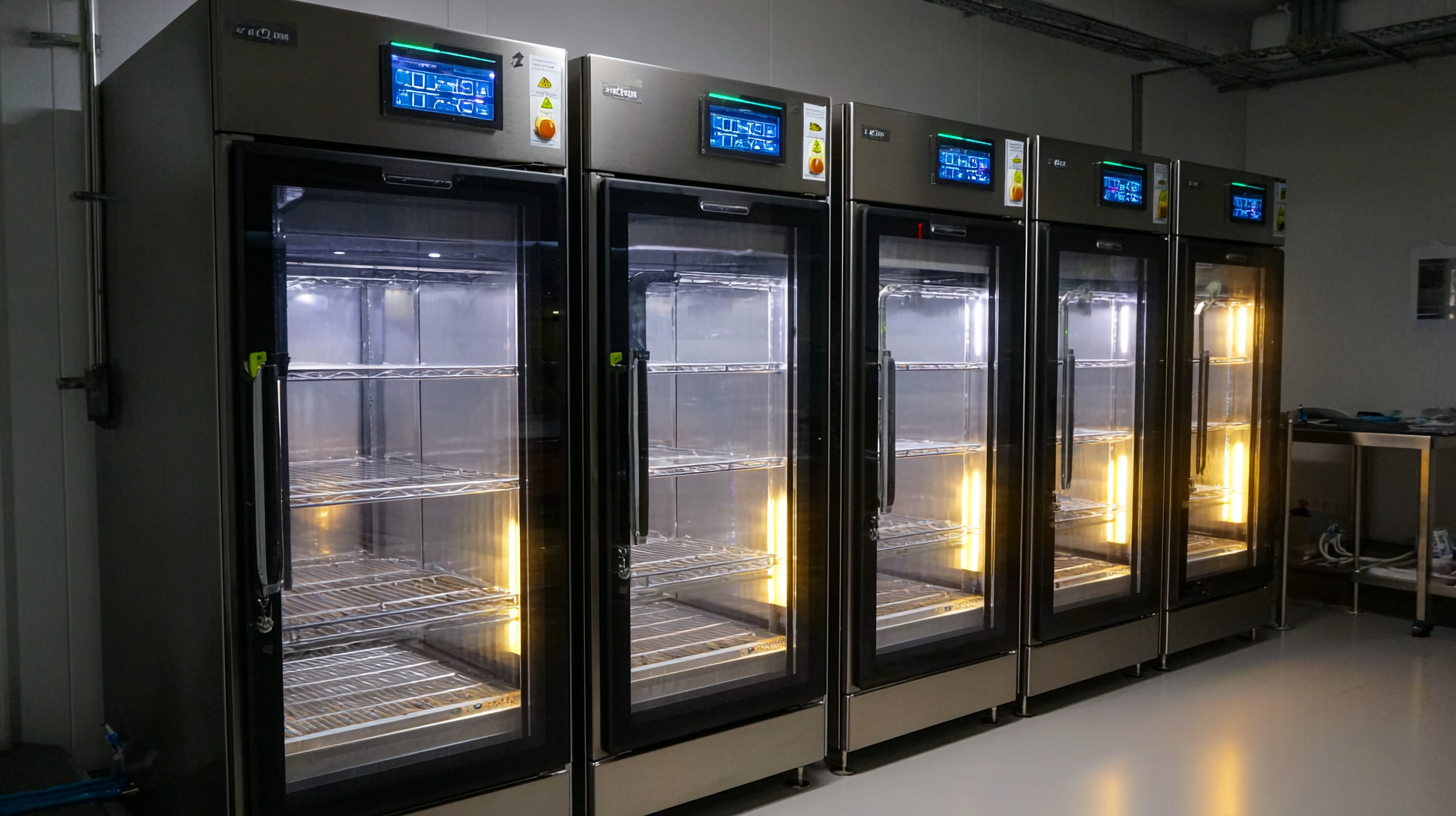 Maintaining your thermal chamber is crucial for ensuring its longevity and reliability. Regular maintenance checks should be a part of your routine, focusing on various components like the temperature control system, insulation integrity, and humidity levels. Conducting these checks helps identify potential issues before they escalate, saving time and costs associated with repairs or replacements. Additionally, ensuring that the thermal chamber is kept clean from dust and contaminants not only enhances performance but also extends the lifespan of its internal components.
Maintaining your thermal chamber is crucial for ensuring its longevity and reliability. Regular maintenance checks should be a part of your routine, focusing on various components like the temperature control system, insulation integrity, and humidity levels. Conducting these checks helps identify potential issues before they escalate, saving time and costs associated with repairs or replacements. Additionally, ensuring that the thermal chamber is kept clean from dust and contaminants not only enhances performance but also extends the lifespan of its internal components.
Calibration is another critical aspect of maintenance. Regularly calibrating your thermal chamber guarantees accurate results and reliability in experimental settings. It is advisable to follow the manufacturer’s recommendations on calibration frequencies and procedures. Furthermore, monitoring the performance of the chamber with routine tests can help pinpoint any discrepancies in temperature or humidity control, ensuring consistent operational conditions. By prioritizing these maintenance practices, users can maximize their thermal chamber’s efficiency and safeguard their investment over time.
Related Posts
-

Essential Checklist for Selecting the Right Temperature Test Chamber for Your Testing Needs
-

How to Choose the Right Force Tester for Your Manufacturing Needs
-
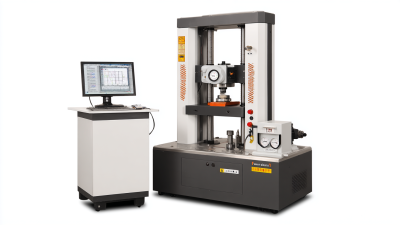
Essential Guide to Understanding Universal Tensile Testing Machines for Accurate Material Analysis
-

Choosing the Right Temperature Humidity Chamber: A Comprehensive Comparison Guide
-

Solutions for Tailored Environmental Test Chamber Applications
-

7 Compelling Reasons to Invest in Thermal Chambers for Your Business Success
Have Questions? We're Here to Help!
Give us a call at (864) 989-0566 or send us a message to discuss our testing equipment with an expert.











